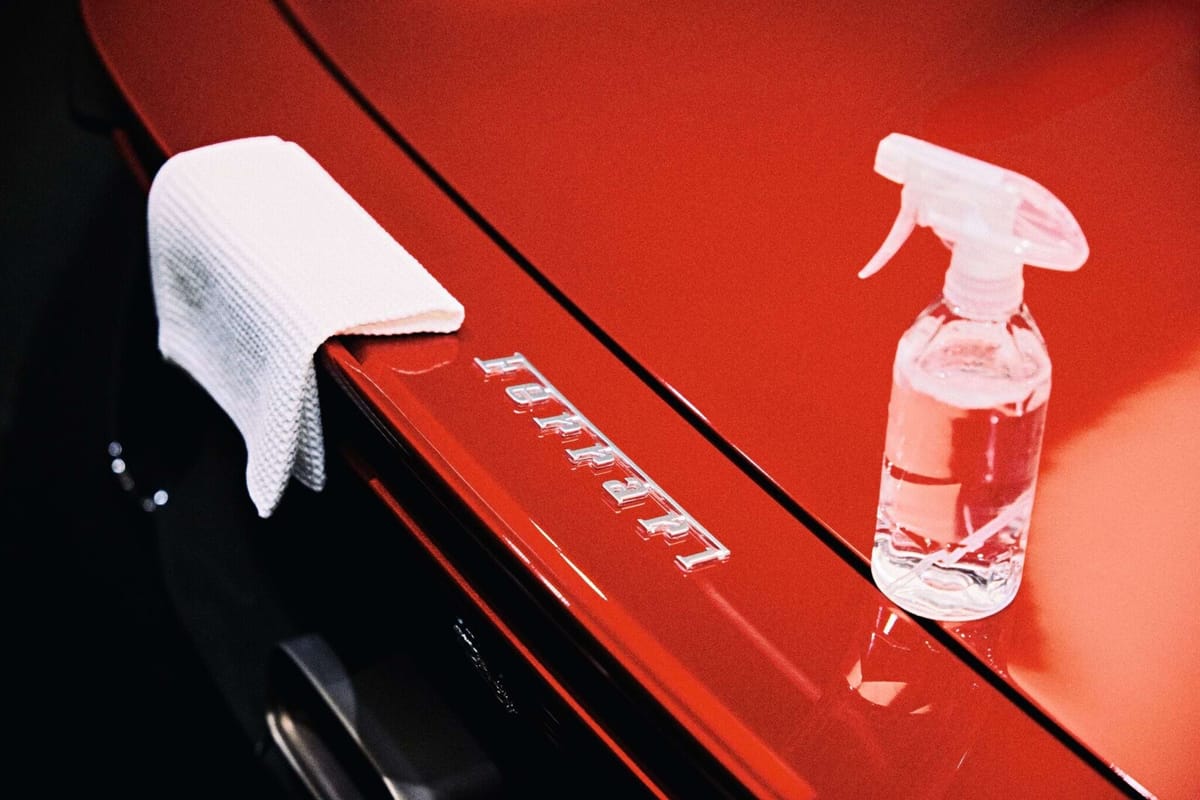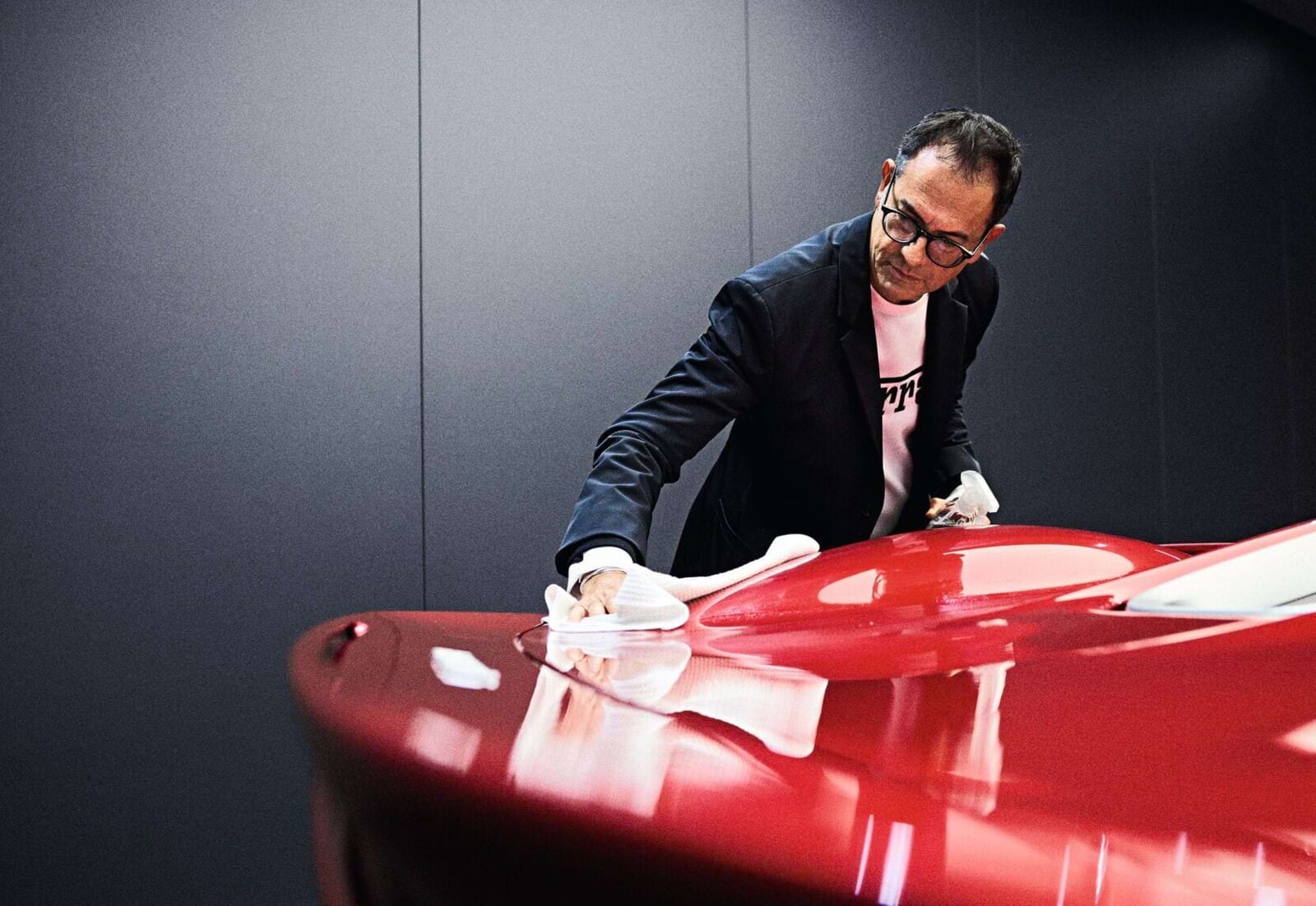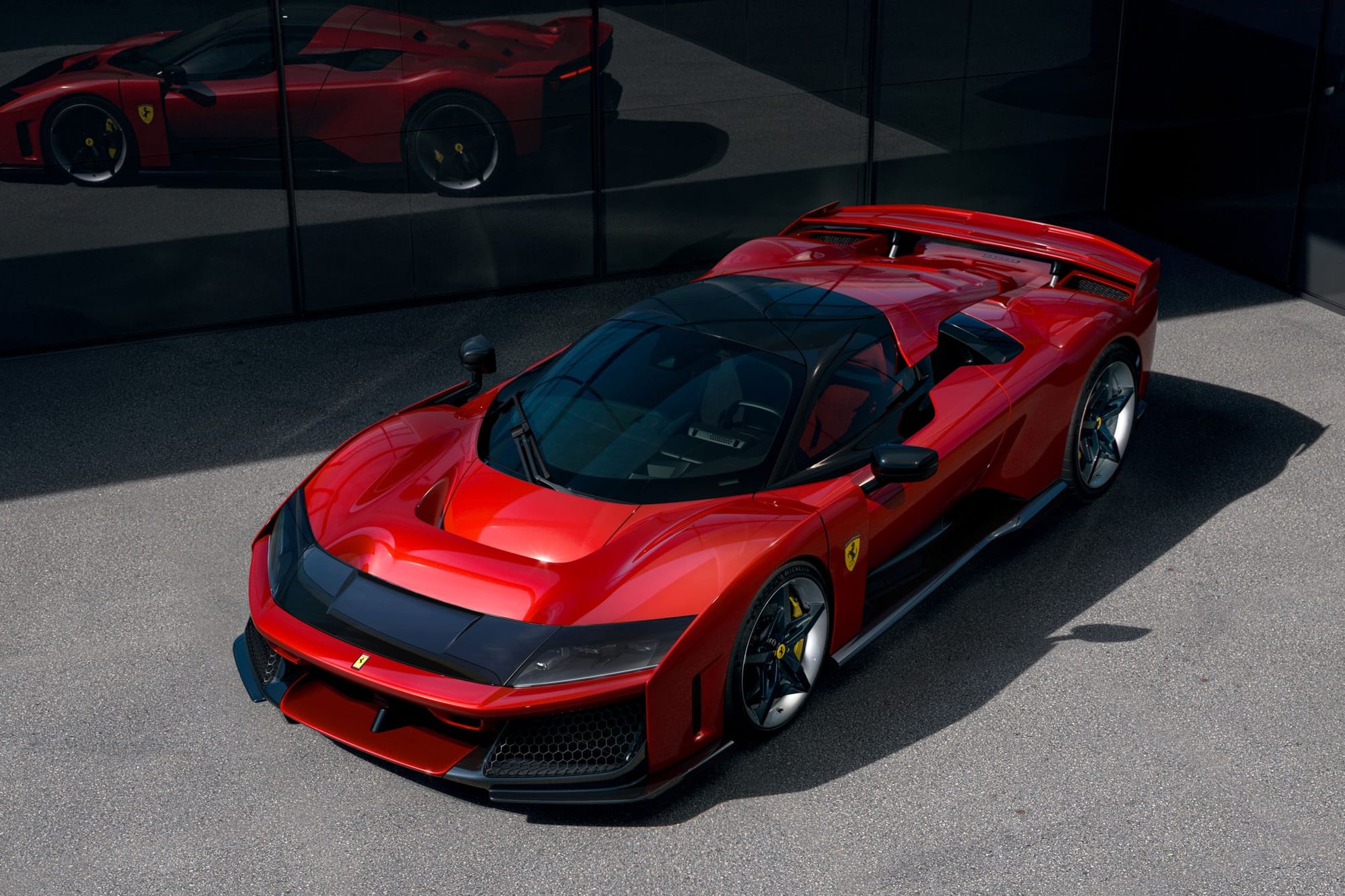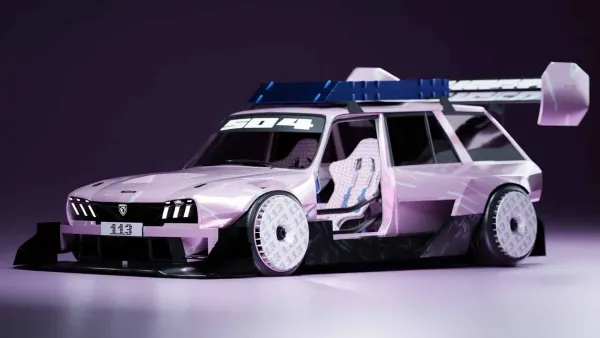Ferrari’s Masterclass in Scarcity: How the Italian Icon Became Europe’s Most Valuable Car Brand
“We are not an automotive company. We are a luxury company that is also doing cars.”

For a company that produces just over 13,000 cars a year, Ferrari wields an influence far beyond its modest output. The legendary Italian marque has not only cemented itself as the pinnacle of automotive luxury but also as a financial juggernaut, surpassing Volkswagen in market capitalization despite the latter churning out over 9 million vehicles annually. The secret? A business model built on exclusivity, heritage, and an unwavering commitment to playing hard to get.

When Ferrari unveiled its latest hypercar, the $3.7 million F80, in October, it didn’t just sell out instantly—it never even made it to the showroom floor. All 799 units were pre-allocated to Ferrari’s most dedicated clientele, the kind of collectors who have spent years currying favor with Maranello. One such enthusiast, Montreal real estate mogul Luc Poirier, who boasts a staggering collection of 42 Ferraris, described the privilege of being chosen as “a true milestone.”
Unlike most luxury items, where money is the only barrier to entry, Ferrari operates on a different set of rules. To be considered for one of its ultra-limited models, customers must have an established relationship with the brand, often proving their loyalty through multiple past purchases and ongoing engagement with Ferrari events. Owning a Ferrari is not just about status—it’s about being part of an elite club, and the gates to that club are guarded with meticulous scrutiny.
When Ferrari went public in 2015, many questioned whether a luxury business model could sustain a car manufacturer. Almost a decade later, the answer is clear. With a valuation soaring past $90 billion, Ferrari has become the Hermès of the auto industry, prioritizing brand prestige over mass production. The company’s financial success stems from its ability to control supply while maintaining insatiable demand—strategies that have long been the domain of high-fashion houses rather than automakers.

Chief Executive Officer Benedetto Vigna has been clear on this positioning: “We are not—we are not—an automotive company. We are a luxury company that is also doing cars.” It’s an approach that has insulated Ferrari from the economic woes plaguing mass-market carmakers, particularly as the industry grapples with the costly transition to electric vehicles and rising competition from China.
Ferrari’s ability to dictate the market goes beyond simply limiting production numbers. The company carefully curates its clientele, ensuring that the most sought-after models land in the hands of long-time loyalists rather than speculative resellers. The brand has even taken legal action against buyers who attempt to flip their vehicles for profit too soon, as seen in the case of a Houston real estate broker sued for reselling a Purosangue SUV before the permitted time frame.
This level of control ensures that Ferrari’s rarest models not only maintain their value but appreciate significantly over time. The LaFerrari, the company’s first hybrid hypercar released in 2013, had an original price tag of $1.4 million. Today, well-preserved examples fetch upwards of $3.8 million, a testament to the effectiveness of Ferrari’s scarcity-driven strategy.
For aspiring Ferraristi hoping to secure an ultra-limited edition model, simply having the cash isn’t enough. Ferrari employs a complex, secretive algorithm to determine eligibility, factoring in purchase history, participation in brand-sponsored events, and even involvement in its racing programs.
“We track everything,” says Enrico Galliera, Ferrari’s longtime commercial director. The selection process has become so intricate that even some long-time Ferrari collectors find themselves edged out. Jan Otto, a former enthusiast who once owned multiple Ferraris, ultimately walked away from the brand after failing to secure a coveted Enzo hypercar in the early 2000s. “I hadn’t been as aggressive with my purchases as others,” he admitted.
For those who do make the cut, Ferrari ownership is more than just a financial investment—it’s a cultural and social experience. The brand fosters a sense of camaraderie through exclusive events like the Cavalcade, a private European road rally for its most valued clients. Collectors like Monaco-based Roberto de Silvestri describe the experience as essential to the Ferrari lifestyle, where driving these rare machines is as important as collecting them—albeit with a touch more caution.
This cultivated community extends to Ferrari dealerships, which operate with the same selectivity. James Champion, brand manager for Ferrari’s London showroom, emphasizes that exclusivity isn’t just about the cars—it’s about the people. “The whole Ferrari ethos is around community and being part of the Ferrari family,” he explains. Existing owners are often encouraged to bring in friends and associates who might make for ideal future clients, further reinforcing the brand’s tightly knit ecosystem.
Ferrari’s blueprint for luxury dominance has inspired other high-end automakers to attempt similar strategies, but none have executed it with the same level of success. Brands like Bugatti, McLaren, and Lamborghini offer their own limited-edition models, yet they struggle to generate the same market fervor or financial stability.
Porsche, for instance, leaned into Ferrari comparisons during its own IPO in 2022, but its stock has since stumbled, weighed down by challenges in China and missteps in its electric vehicle strategy. Meanwhile, Aston Martin has suffered financial turmoil, with its shares plummeting by over 95% since its 2018 public debut. Even McLaren, once a formidable player in the supercar space, had to be bailed out by Bahrain’s sovereign wealth fund after facing significant losses.
Ferrari’s unmatched success lies in its balance between exclusivity and accessibility. Unlike brands that produce ultra-low-volume hypercars exclusively, Ferrari keeps a steady stream of regular models available—albeit with long wait times—while ensuring that its most coveted editions remain nearly impossible to obtain. This strategy allows it to maintain a broad customer base without diluting the prestige of its rarer offerings.
Despite Ferrari’s dominance, the brand faces challenges in maintaining its delicate balance of supply and demand. The luxury market has seen some cooling in recent months, and aggressive price hikes under Vigna have led to steeper-than-usual depreciation on some secondhand models. Yet, the brand’s order books remain full, with production now accounted for through the end of 2026.
The real test for Ferrari will be its continued ability to reinvent itself while preserving its legacy. Unlike a timeless Birkin bag, supercars must continuously push technological and performance boundaries to remain desirable. As Ferrari ventures further into hybrid and electric technologies, the question remains: Can it maintain its aura of exclusivity in a rapidly evolving automotive landscape?
For now, the answer appears to be yes. As long as Ferrari continues to manufacture demand as masterfully as it does its cars, its dominance over the luxury automotive market seems all but assured.





